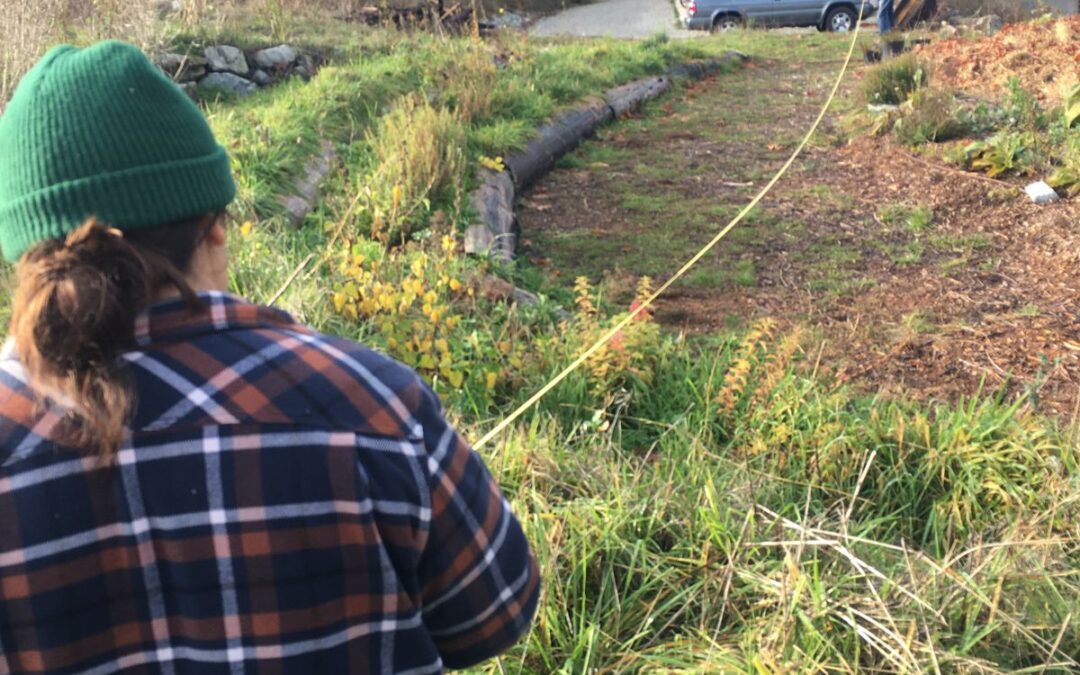Our rainwater harvesting system for The Root, a property under the Salt Spring Island Farmland Trust (SSIFLT), will be designed to be used by the permaculturist volunteers who help with The Roots’ demonstration garden. Also, the system will be an educational demonstration to teach community members about sustainable and efficient rainwater harvesting and irrigation systems. In general, We have three different groups of end users: permaculturists/gardeners, general volunteers, and people being educated on the system. Within these groups, there is a wide range of age, physical abilities, and system knowledge. We hope to make the system accessible by ensuring that all valves are easy to grip and will not require much force to move. We will also specify that the critical components for operating our system should be labelled. Additionally, our instruction manual will be both digitized and printed out in large print to allow for different reading/listening options. Xavier and I were also considering adding signage in the future to help educate site visitors on our design.
We have had great success in our conversations with our client, where we learned about their situation and received feedback on our ideas. Seeking client feedback throughout our project has enabled us to constantly reassess our trajectory and make changes to ensure that our output will meet their needs. We have also talked to people from different industries that relate to water systems. We hope this consultation will help us consider the broader implications of our design during this phase.
During the design process, we have collaborated closely with the irrigation system designers at The Root to make sure our design aligns with their requirements. Simultaneously, we’ve been working with Sheila, the Chair of SSIFLT, to ensure our design meets the specific needs of the property. Using what we learned in these conversations, we identified two potential locations for our water storage. Currently, we’re in the process of finalizing a location with Sheila’s input. While our project’s aim is to come up with a complete design for a rainwater system, our aim with the design is to have the system built. To achieve this, we’ve included budget and construction considerations at every decision in the design phase, to ensure that our design can realistically be implemented.

